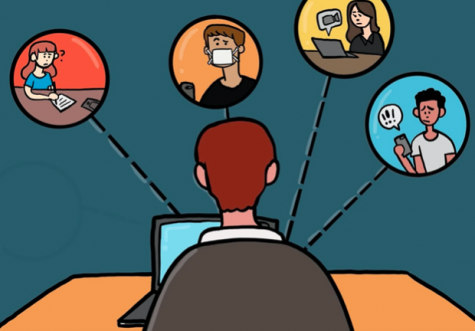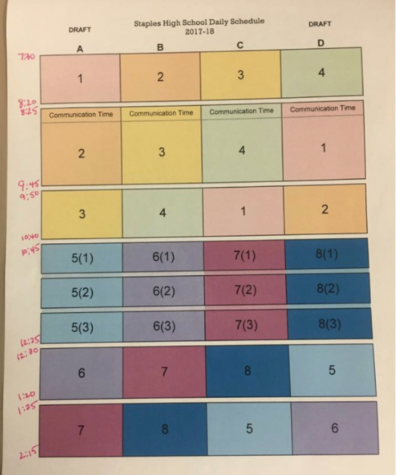No connection, no consequence
In Westport, a town that’s in the most affluent county in the wealthiest state, people shoplift––oh, the irony.
Since we were little, we’ve been taught right from wrong, good from evil. Anyone living in our community is aware that stealing is against the law and can result in jail time, required community service and/or fines. In our community, breaking the law often falls on the side of wrong and evil.
And yet, people still steal, often in the form of shoplifting.
Most do it for the thrill, others succumb to the pressure to fit in and a few even have a mental illness called kleptomania. Another reason that’s especially relevant in Westport is that many kids here have a sense of entitlement that the community fosters. It’s the take-what-you-want-when-you-want-and-don’t-care-about-it attitude. It’s the everyone-around-me-has-this-so-I-deserve-it-too justification.
People who shoplift often don’t think about the consequences of their actions in the moment, as they’re usually just focused on not getting caught. They forget about the shop owners selling the shirt, the company that makes the chocolate and even their own well-being.
To the surprise of some, a lot of stealing takes place within the school walls, whether that be in the cafeteria, the lost-and-found or the locker rooms. As a school, it’s evident to the students that we lack a strong sense of community, and because of this, people may be more inclined to steal from their peers since they don’t know the majority of them. It’s a no-connection-no-consequence mentality.
Some say the solution is as simple as increasing surveillance. However, while we have the funds and the means to add more cameras and to beef up security, it might not be the best solution. Implementing more surveillance creates an atmosphere of distrust and insinuates that this kind of behavior is expected.
Fostering school spirit, loyalty and kindness is much more difficult to accomplish than installing a few cameras. It would take a conscious and deliberate effort from everyone in the school community. But connecting a face to an object being stolen and letting the shoplifters see who they are affecting might be the best start to solving the problem.














































![[Nov. 2016 Editorial] Battling bystander effect requires administrative change](https://www.inklingsnews.com/wp-content/uploads/2016/11/Screen-Shot-2016-11-22-at-1.05.28-PM.png)




